- Home
- Articles
- Architectural Portfolio
- Architectral Presentation
- Inspirational Stories
- Architecture News
- Visualization
- BIM Industry
- Facade Design
- Parametric Design
- Career
- Landscape Architecture
- Construction
- Artificial Intelligence
- Sketching
- Design Softwares
- Diagrams
- Writing
- Architectural Tips
- Sustainability
- Courses
- Concept
- Technology
- History & Heritage
- Future of Architecture
- Guides & How-To
- Art & Culture
- Projects
- Interior Design
- Competitions
- Jobs
- Store
- Tools
- More
- Home
- Articles
- Architectural Portfolio
- Architectral Presentation
- Inspirational Stories
- Architecture News
- Visualization
- BIM Industry
- Facade Design
- Parametric Design
- Career
- Landscape Architecture
- Construction
- Artificial Intelligence
- Sketching
- Design Softwares
- Diagrams
- Writing
- Architectural Tips
- Sustainability
- Courses
- Concept
- Technology
- History & Heritage
- Future of Architecture
- Guides & How-To
- Art & Culture
- Projects
- Interior Design
- Competitions
- Jobs
- Store
- Tools
- More
Liwa Farm Village by Inca Hernández
Liwa Farm Village, situated in the historic Liwa Oasis in Abu Dhabi’s Western Region is a heritage, agricultural, and community landmark rooted in the desert’s identity. The project draws inspiration from ancestral structures: Windcatchers, fortresses, and aflaj, while integrating contemporary sustainable strategies.
Shaped by the hands of the community and the forces of the desert, the project reinterprets the memory of past villages to weave a sustainable future. It becomes a convergence where human and nature, craft and innovation meet, giving life to a habitable oasis where tradition flourishes and hope grows.
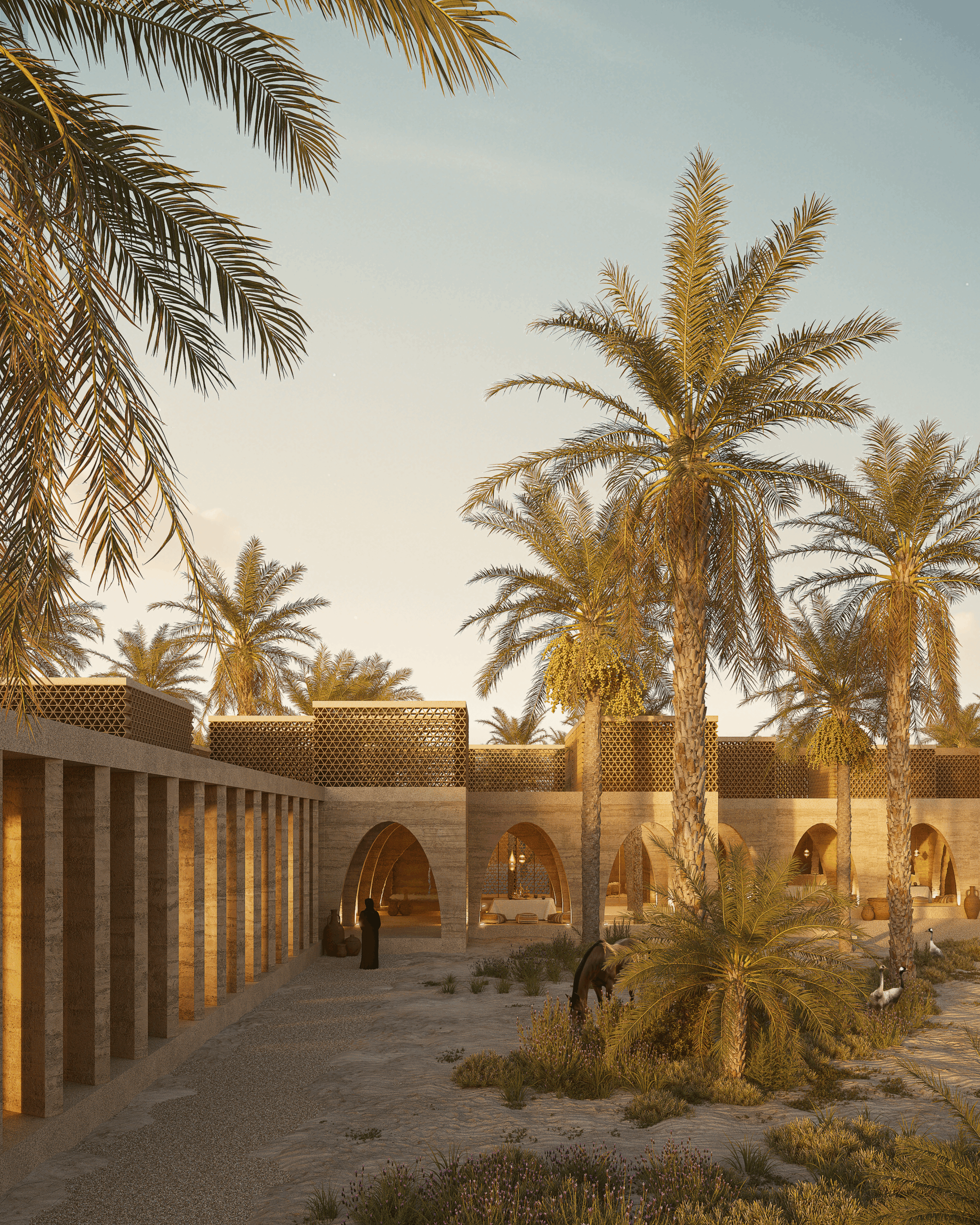
Located in the Liwa Oasis, in the Western region of the United Arab Emirates in Abu Dhabi; this site lies on the edge of the vast Rub’ al Khali Desert, bordering Saudi Arabia. The Oasis has long been a source of life in the heart of the desert, carrying profound cultural and historical significance for the nation. Its historic monuments preserve a significant part of humanity’s cultural heritage from the country, shaping a rich artistic and social legacy that has endured since its founding. Here lie the Emirate’s first fortresses and settlements, built from the Oasis’s own materials, enduring as silent witnesses to time’s passage and the sculpting forces of the desert.
The architectural design seeks inspiration from the identity of the desert, honoring the community’s artisanal heritage, environmental stewardship, and the collective construction traditions of the region, such as the “aflaj” (al-Faz’ah: traditional irrigation canals for crop cultivation).

The project integrates into a sustainable date plantation, deeply rooted in agriculture, farm animal care, and cultural display of traditions. Within the land, various buildings were created, blending into the interweaving of the palm trees, built and inspired by the vernacular construction techniques of the renowned Windcatchers, fortresses, and castles of Liwa. While their forms evoke desert formations, the natural forces that shape and erode the landscape, analogous to sculpting a habitable oasis.
Rammed-earth walls crafted with desert sand draw upon the region’s ancestral building techniques and are combined with contemporary elements such as carved-pigmented concrete. Each structure is elevated on a raised platform, protecting it from the effects of the weather and enhancing its presence within the landscape. These earthen structures provide natural thermal insulation against the desert’s intense heat while maintaining a low environmental footprint. The intention is to innovate through tradition, preserving the past while envisioning a sustainable future.

The project’s interiors feature a mix of traditional and new decor, from furniture crafted by local artisans to contemporary creative designs, resulting in a distinctive, timeless, and authentic character.
The exterior façade exhibits large earth walls and latticework and encompasses a building to show the western regional culture, and is also used for date palm processing. This space opens into a continuous portico of arches with clay lattice chimney roofs, inspired by Windcatchers (ملقف), which mitigate solar radiation, encourage natural ventilation, and frame views of the desert sky.
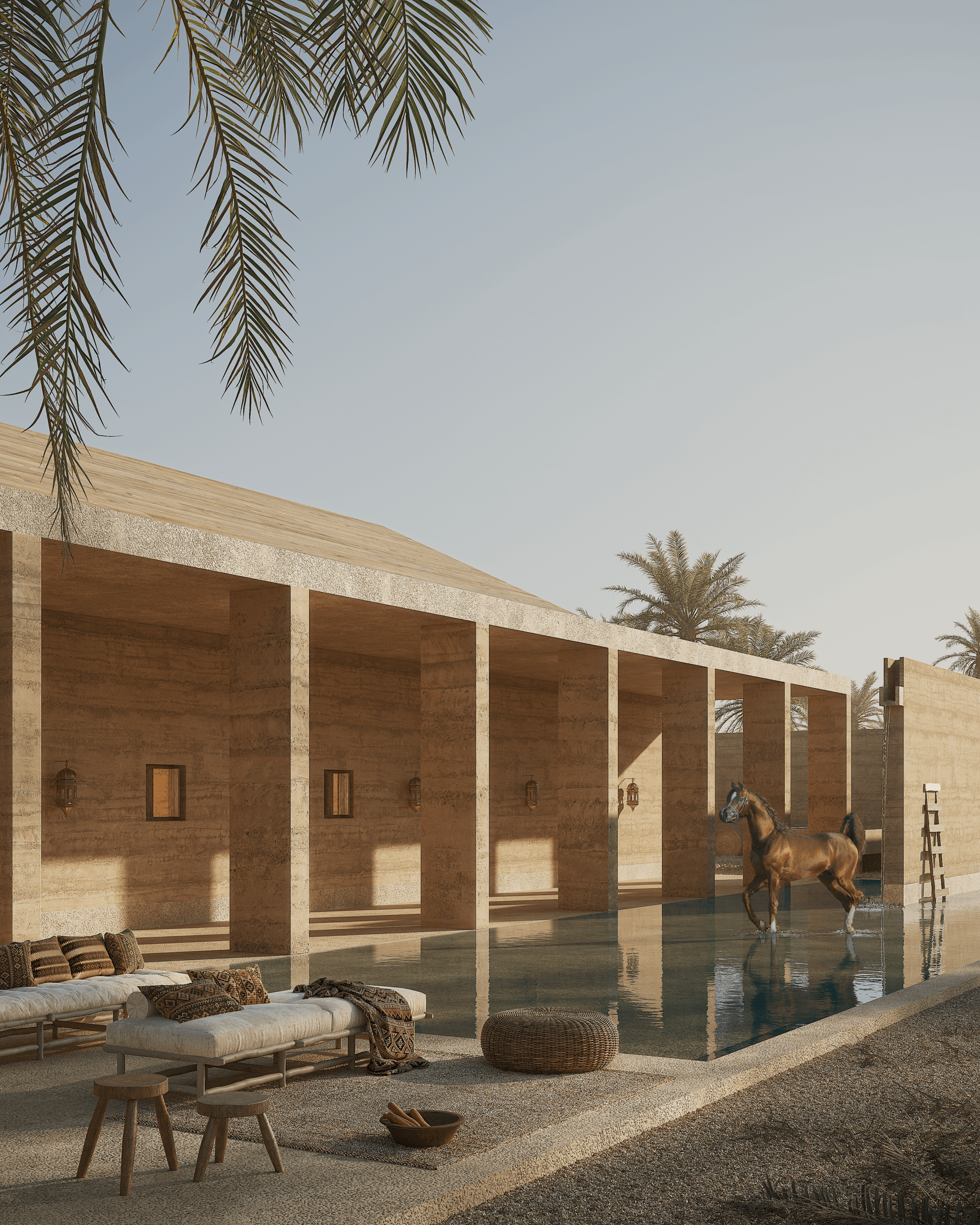
The opposite building is the Veterinary Area, which also serves as a community teaching space, protecting the animal welfare of local farmers. This space connects to the horse paddocks for breeding purposes.
From the complex’s entrance in the middle of the land, the main atrium opens into an organic building, built with a double curvature to welcome the visitor. It is bordered by reflecting pools and inspired by the Oasis’ water sources (Qanat: قناة الري). Inside, the Majlis features traditional roofs constructed with palm-tree structures; creating an atmosphere for contemplation, the passage of time, and community gatherings.

Next to the main atrium, there are two buildings: a restaurant serving local cuisine for the consumption of the farm’s crops, and another building for relaxation and reconnection with the desert, serving as a spa inspired by the traditional construction of a “Sahn” (صحن). These buildings are surrounded by local lavender and lemongrass crops, while reused underground Oasis water supports aquaculture and greenhouse cultivation.
Finally, there are four small vernacular bungalows, built for the farm’s family and their guests. These small residences provide a space of silence and introspection, built with earth walls and palm-framed slabs, with an archway entrance that allows social interaction and inner contemplation of the space.

Liwa Farm Village creates a living space for community exchange, agricultural sustainability, and cultural preservation, protecting the identity of the “Al Gharbia” region in the UAE while transforming the Oasis into a vibrant meeting place for tradition, innovation, and shared heritage for local families and visitors.
Reviving vernacular techniques to sustainably preserve the land’s bounty, safeguarding traditions that breathe new life into the present and for generations to come.
Images: Courtesy of Inca Hernandez Atelier
- adobe and earth architecture
- architectural heritage preservation
- Contemporary vernacular design
- cultural architecture Abu Dhabi
- desert architecture design
- desert-inspired architecture
- eco-friendly architecture UAE
- Emirati architectural heritage
- farm village design UAE
- Inca Hernández architecture
- Liwa Farm Village
- Liwa Oasis Abu Dhabi
- Liwa sustainable project
- oasis architecture
- Rammed Earth Construction
- sustainable architecture Middle East
- sustainable desert buildings
- traditional irrigation systems UAE
- vernacular architecture UAE
- windcatcher design
Submit your architectural projects
Follow these steps for submission your project. Submission FormLatest Posts
Mixed-Use Building by Samir Alaoui Architectes
Samir Alaoui Architectes’ Mixed-Use Building blends adaptable industrial spaces with private penthouse...
Depot Hard High-Rise Ensemble by Morger Partner Architekten
Depot Hard High-Rise Ensemble by Morger Partner Architekten redefines urban density in...
Kampoong Guha by Realrich Architecture Workshop
Kampoong Guha by Realrich Architecture Workshop is a living laboratory in Jakarta...
Griffin Square: Redefining Urban Living in the Heart of Montreal
Griffin Square, designed by ACDF Architecture is a landmark residential development in...



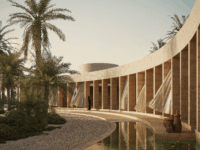




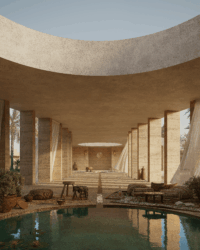
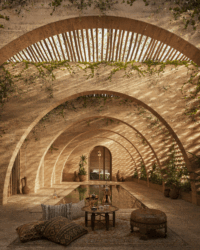





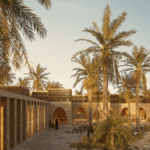
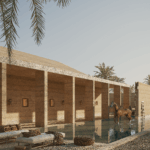








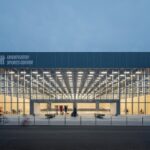

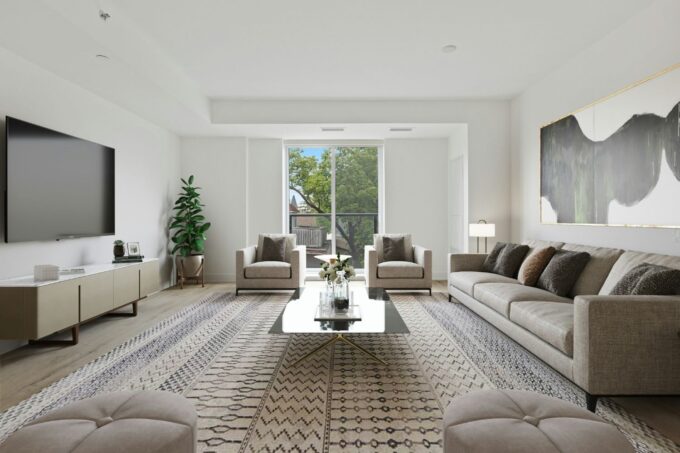
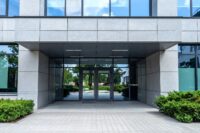
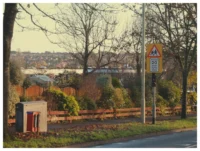
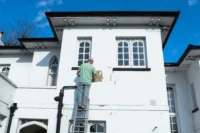
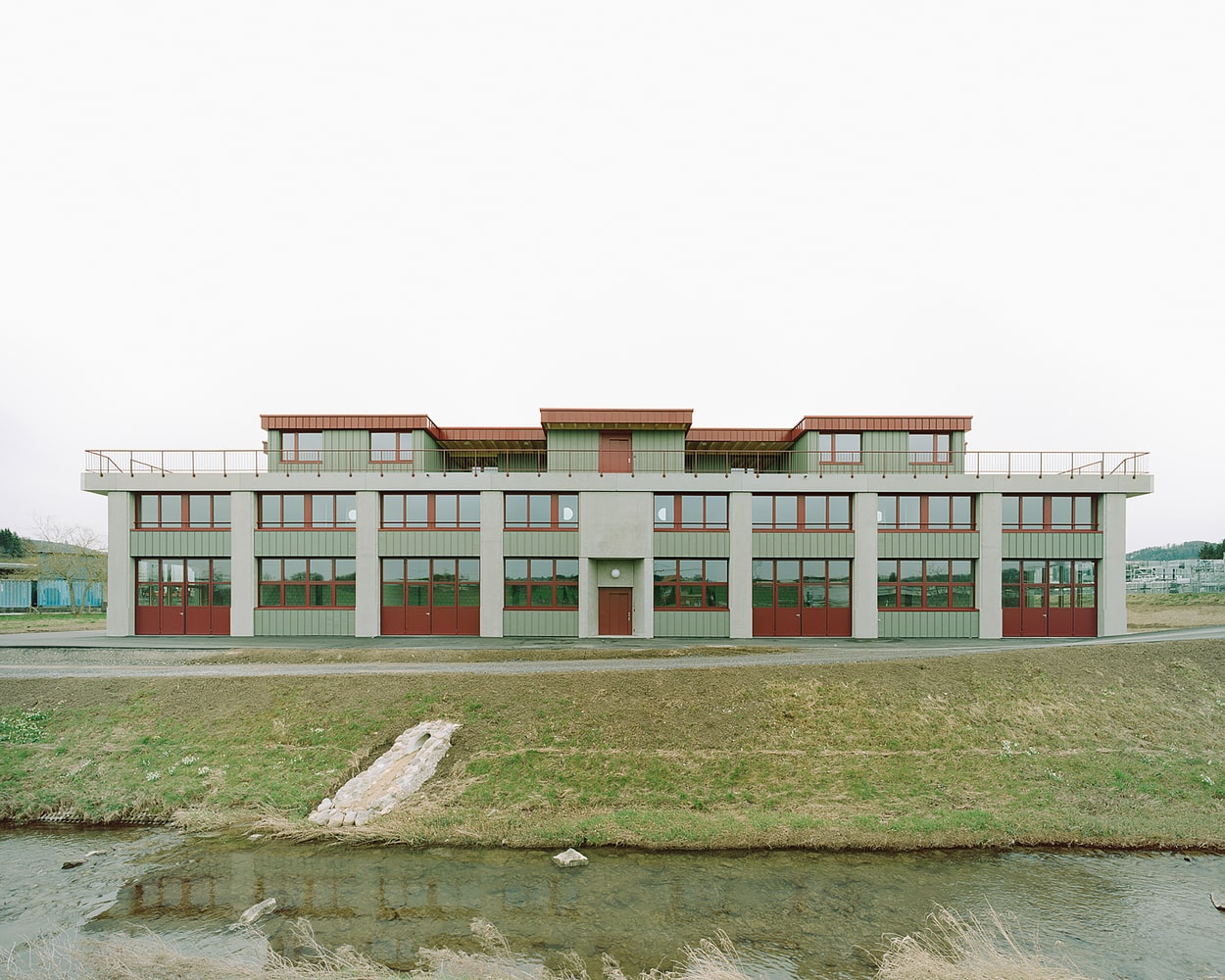
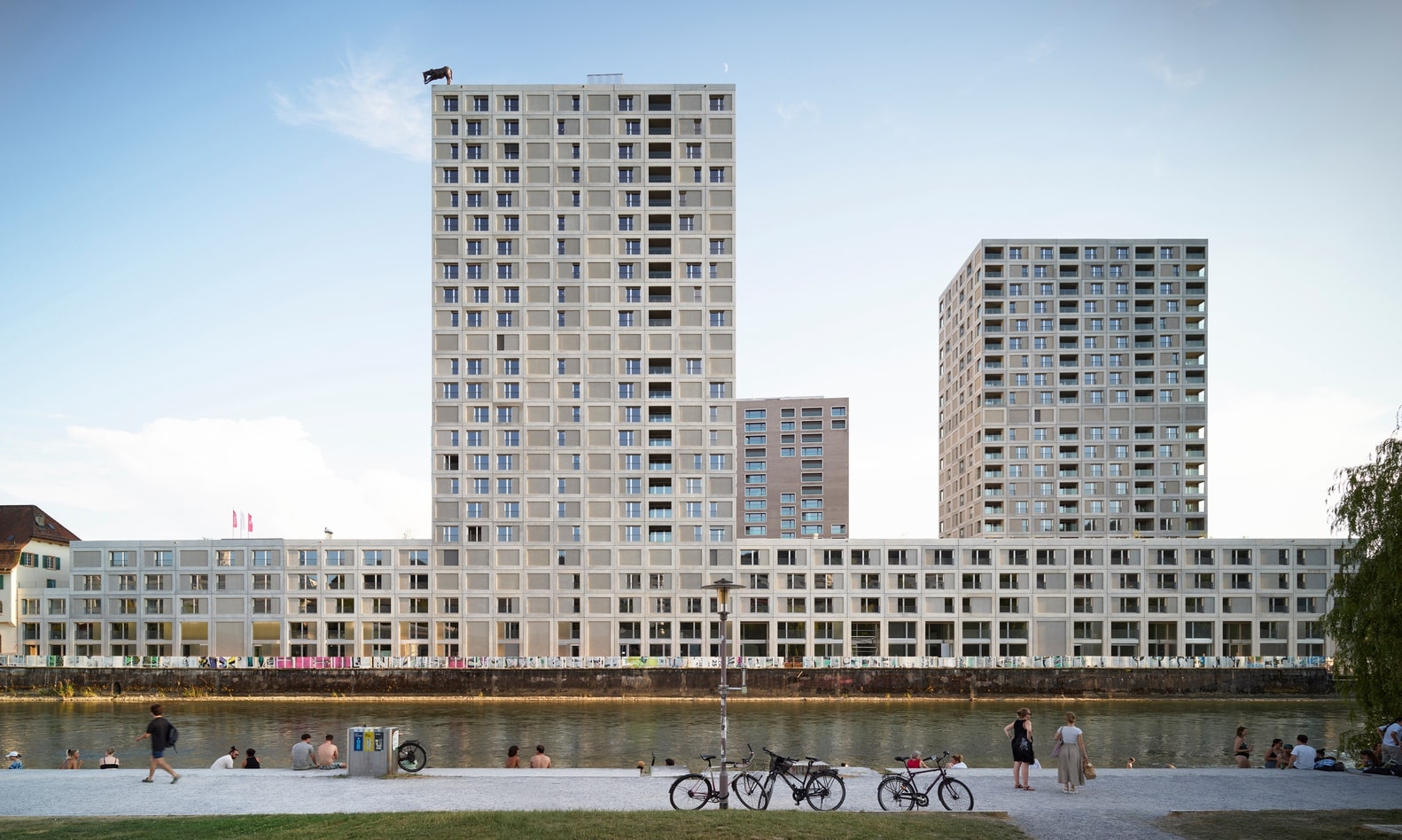
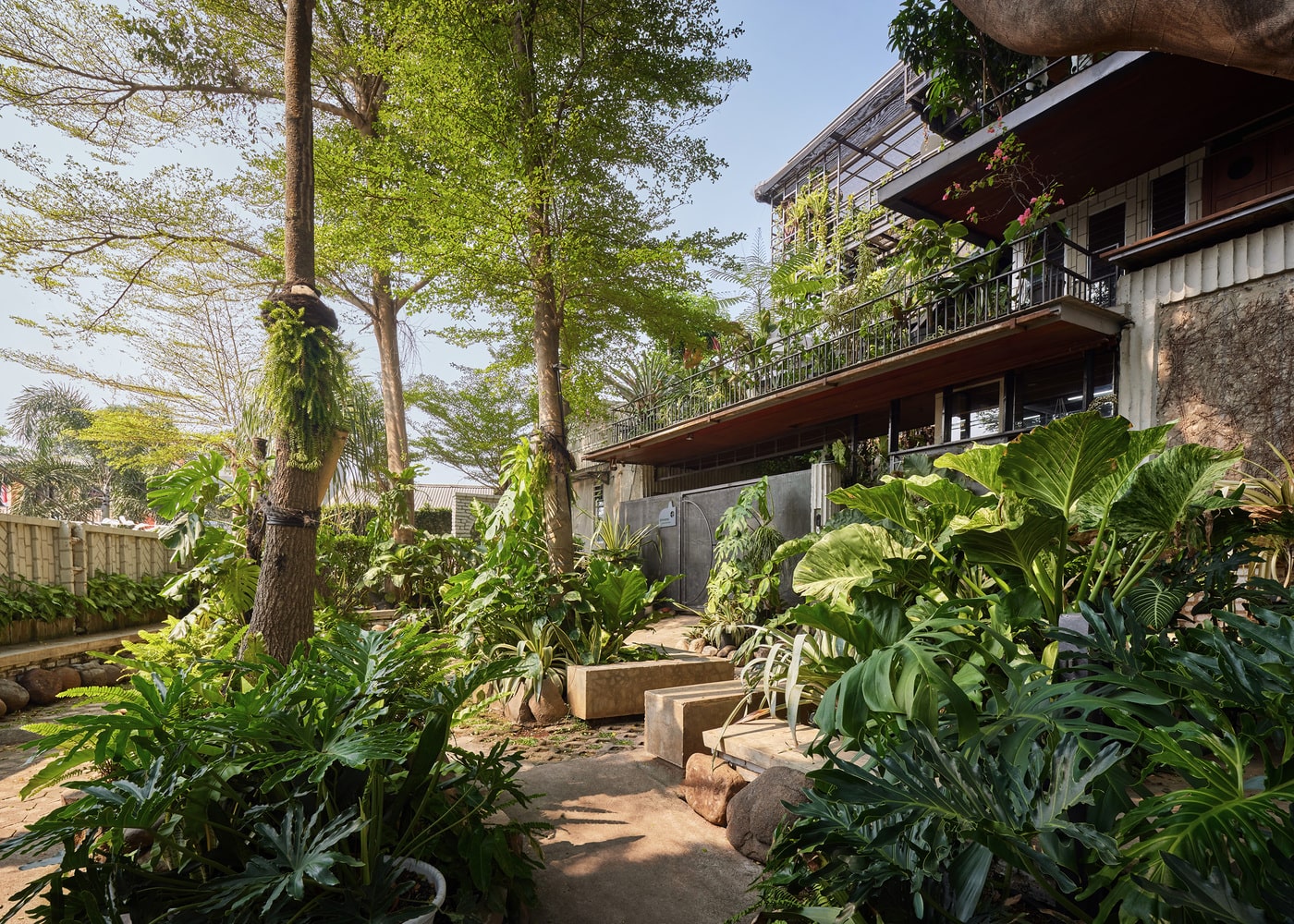
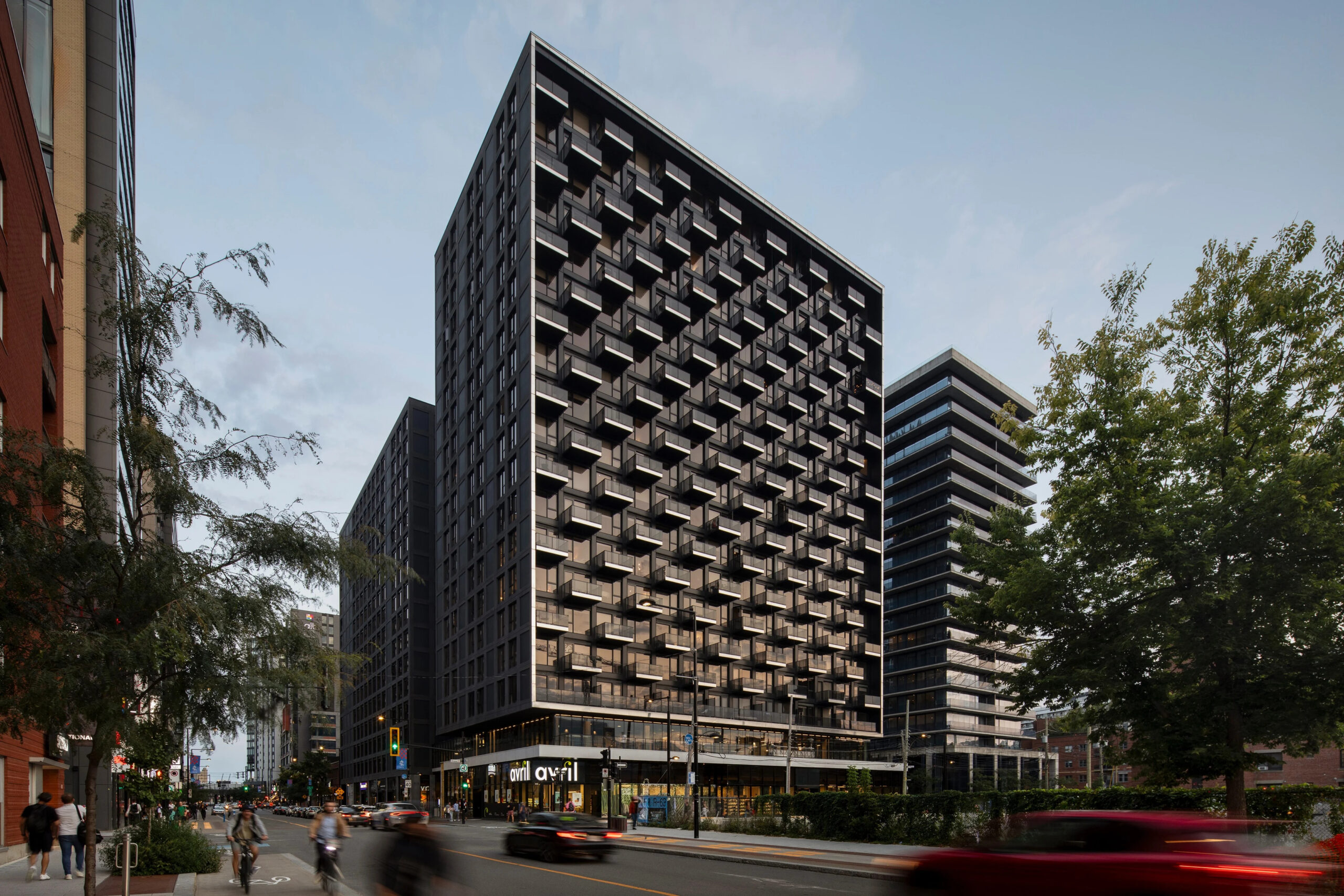
Leave a comment